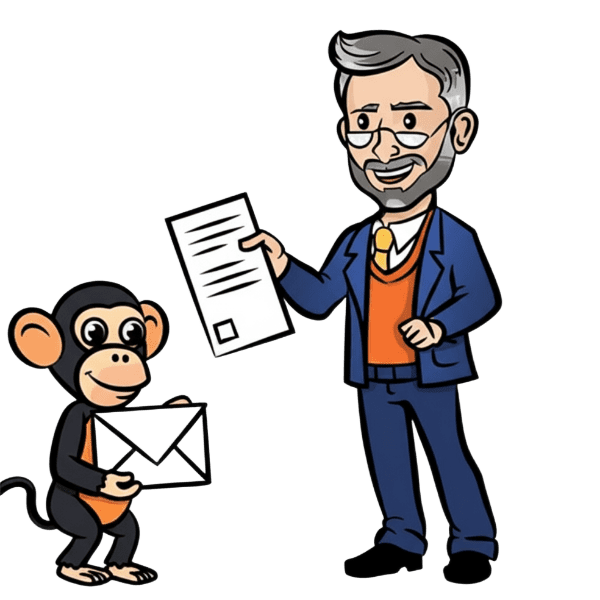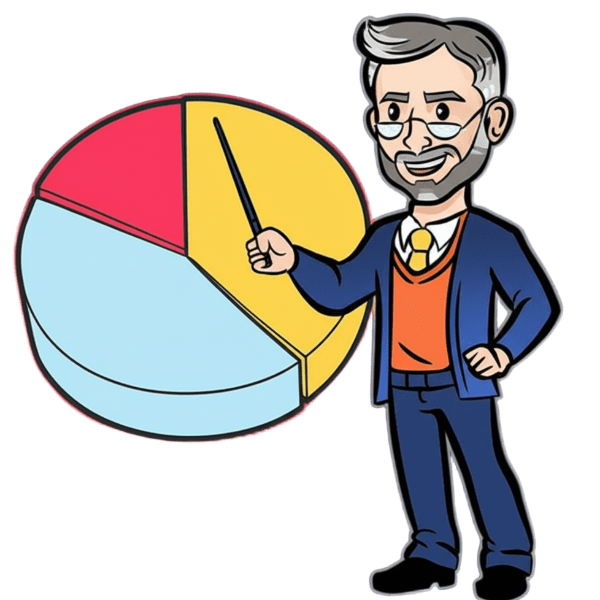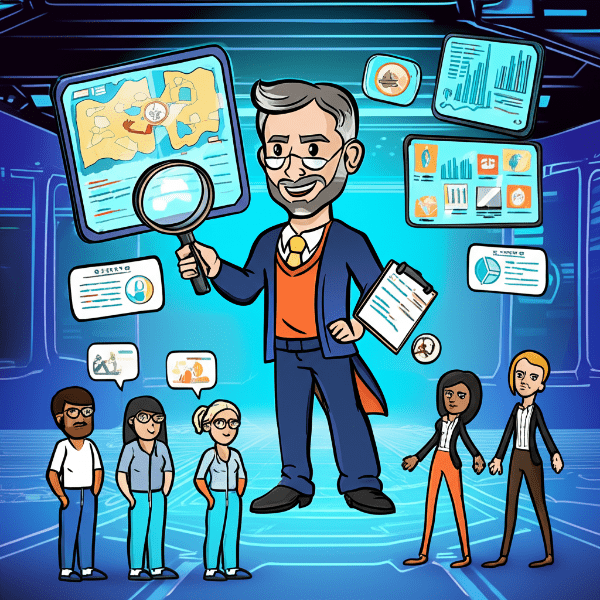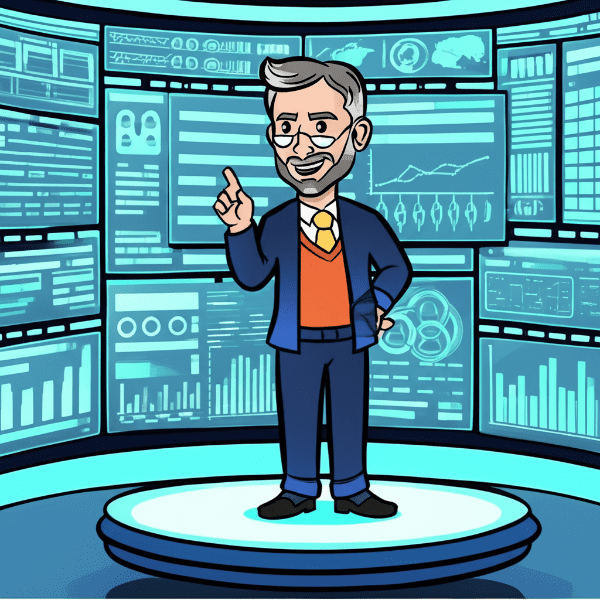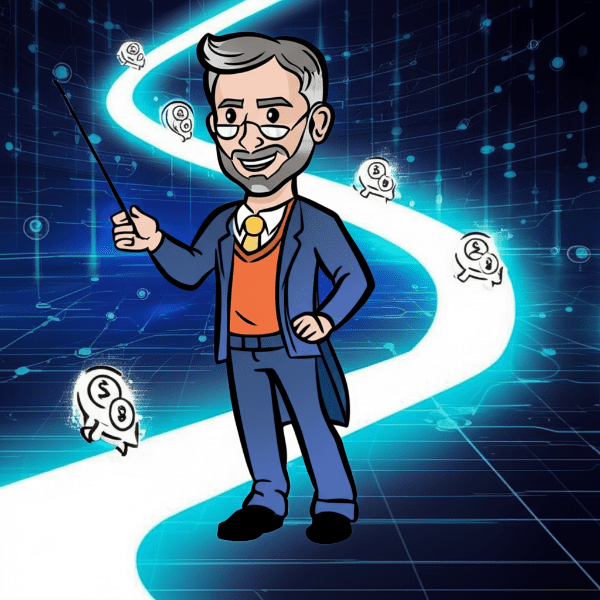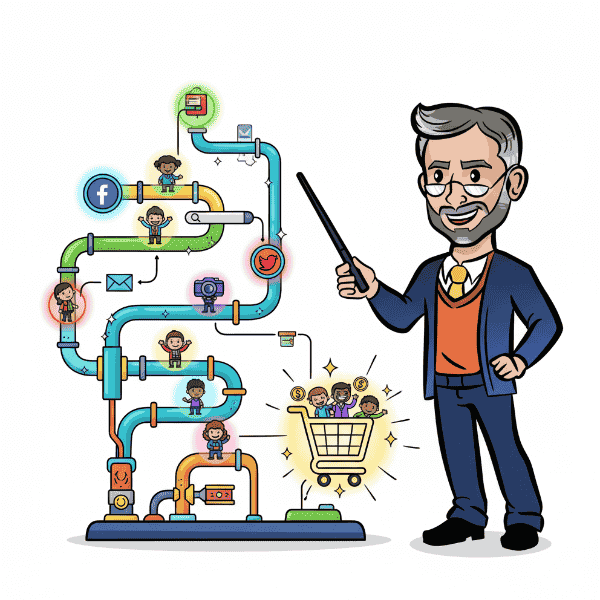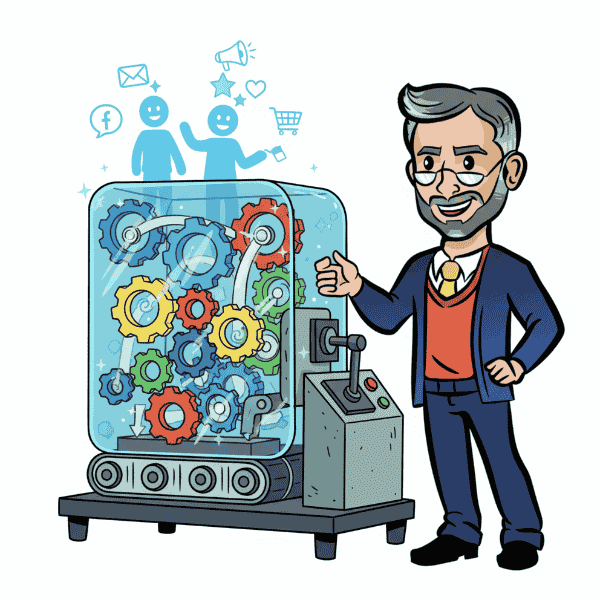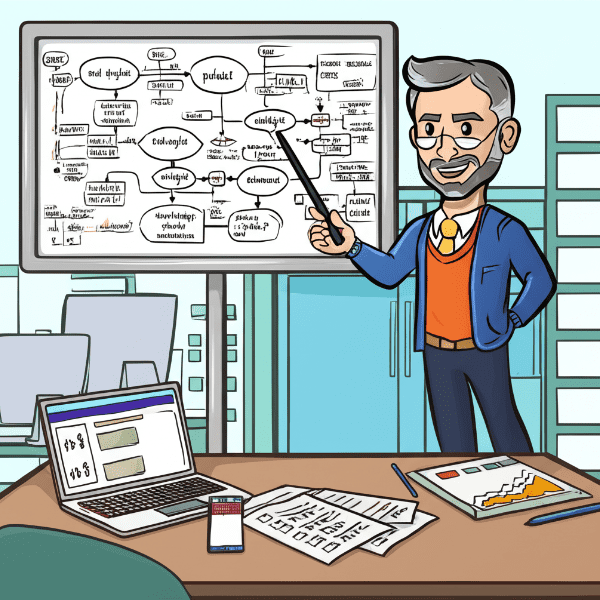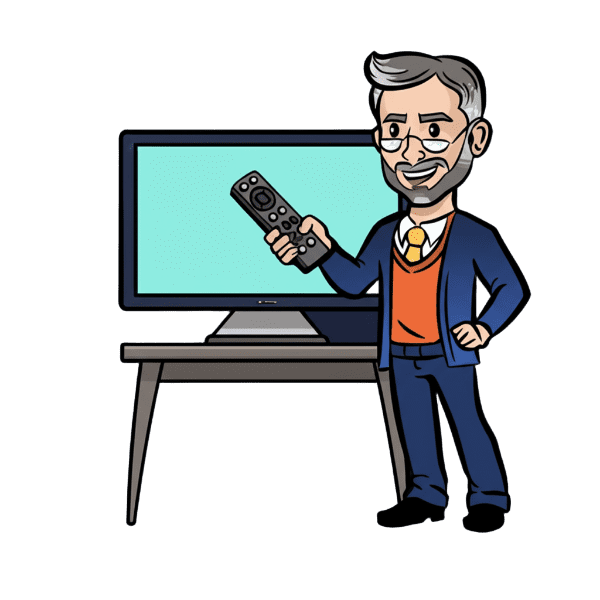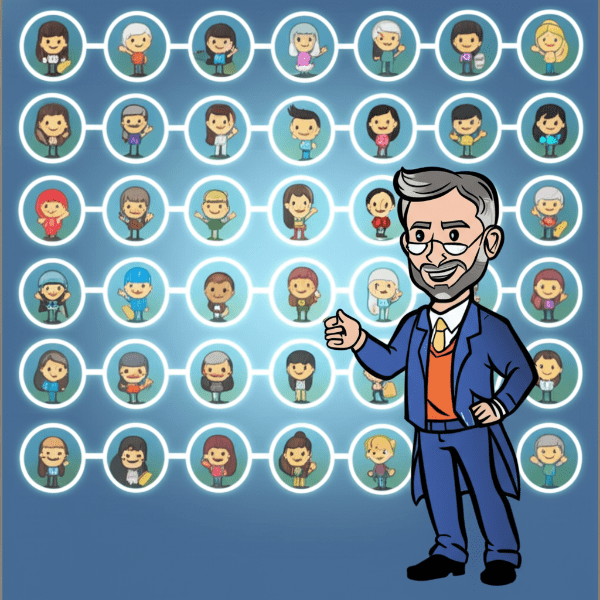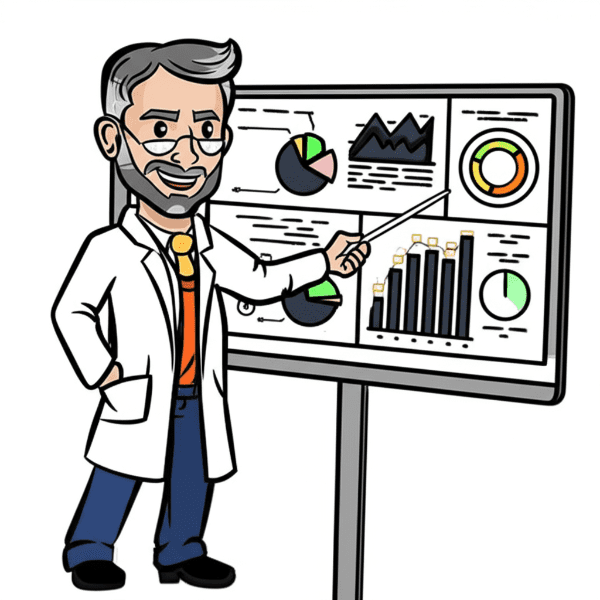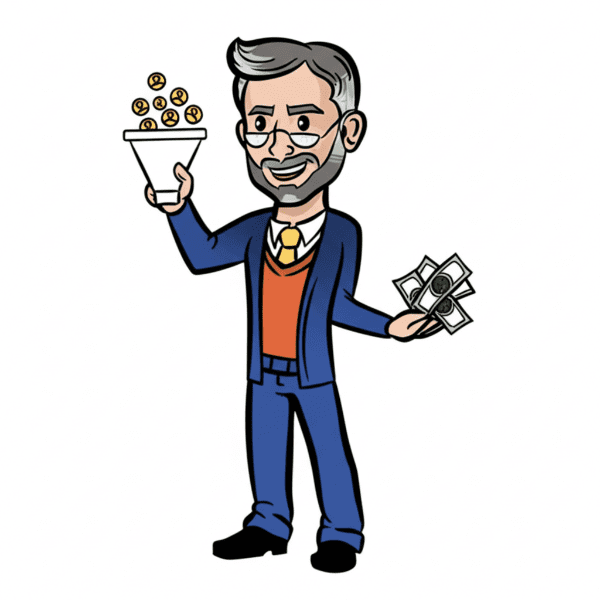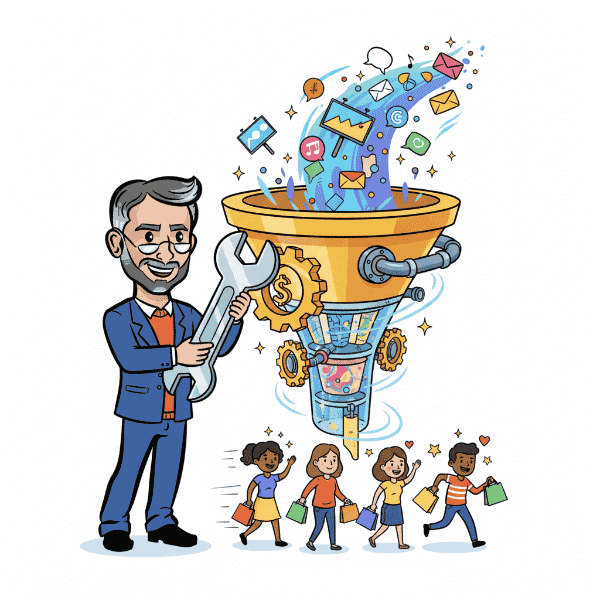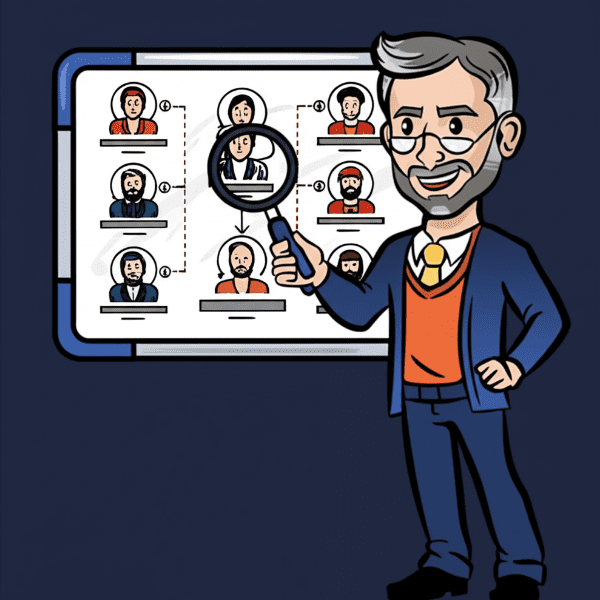Definition: Marketing funnel stages represent the key phases a potential customer moves through before making a purchase—typically awareness, consideration, and decision. Some models also include retention and advocacy as post-purchase stages. Each stage helps marketers understand where prospects are in their journey so they can deliver the right message and content at the right time.
Use it in a Sentence: The team mapped their content to each of the marketing funnel stages to guide prospects from awareness to purchase more effectively.
Benefits of Mapping Your Marketing Funnel Stages
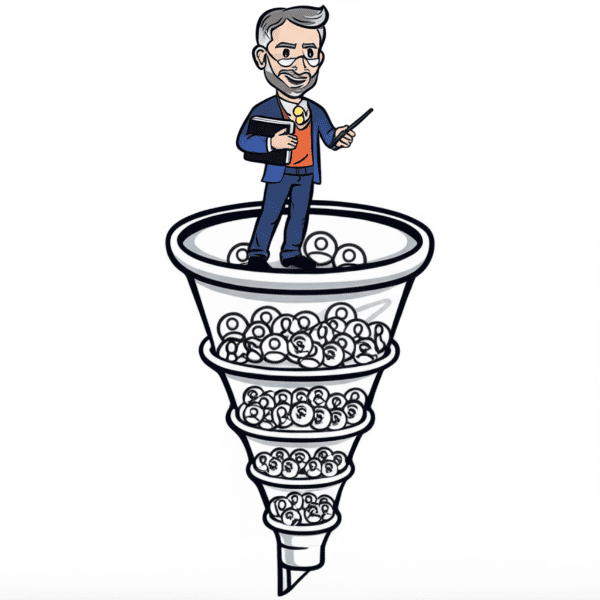
- Clearer Strategy Across Teams: When everyone understands the funnel—from awareness to decision—it’s easier to align marketing, sales, and customer success efforts.
- Targeted Messaging: Each stage offers an opportunity to tailor messaging that matches your audience’s mindset, improving engagement and response rates.
- Higher Conversion Rates: By addressing objections and needs at the right time, you move people more confidently toward a purchase.
- Efficient Ad Spend: Instead of casting a wide net, you can build segmented campaigns that match each funnel stage, improving your cost-per-acquisition.
- Actionable Insights: With a clear structure in place, it’s easier to analyze performance, spot drop-offs, and improve funnel efficiency over time.
Key Marketing Funnel Stages to Know
- Awareness: This is the top of the funnel. Your audience is just discovering your brand or realizing they have a problem. Here, tactics like SEO, social media, and paid ads help attract attention. Your goal: capture interest and make a memorable first impression.
- Interest: Now that you’ve caught their eye, it’s time to nurture curiosity. Lead magnets, blog content, and email signups help build a connection. Your audience wants to learn more—but they’re still exploring.
- Consideration: This middle-funnel stage is all about evaluating options. Prospects are comparing solutions, reading reviews, and attending webinars. This is where testimonials, case studies, and in-depth guides shine.
- Intent: At this stage, buyers are showing signs that they’re close to a decision. They might request a demo, add a product to cart, or revisit pricing pages. Smart retargeting and personalized email flows help seal the deal.
- Conversion: The bottom of the funnel. This is where the action happens—purchases, sign-ups, bookings. Your job is to remove friction, reassure the buyer, and make the process seamless.
- Loyalty & Advocacy: The funnel doesn’t stop at the sale. Happy customers become repeat buyers and brand advocates. Post-purchase emails, loyalty programs, and referral incentives help extend lifetime value.
More Definitions
(From the Sales & Marketing Jargon Encyclopedia)
- Predictive Lead Scoring: Helps identify healthy vs. decaying contacts in your list.
Read More> - Customer Advocacy: When satisfied customers actively promote a brand or product through word-of-mouth, reviews, or referrals, often becoming loyal brand ambassadors.
Read More> - One and Done: A sales or marketing approach that lacks follow-up or nurturing—often ineffective.
Read More>
Useful Posts
(From the Sales Funnel Professor Blog)
- Top of Funnel: Organic Social Strategies: Learn how to build brand awareness using unpaid social media content and outreach.
Read More> - SEO Top of Funnel Strategies: Dive into organic tactics that increase visibility at the awareness stage without a paid budget.
Read More> - How to Find Low-Hanging Fruit in Sales & Marketing: Discover practical ways to identify quick wins and easy-to-implement strategies that don’t require a big spend.
Read More>



